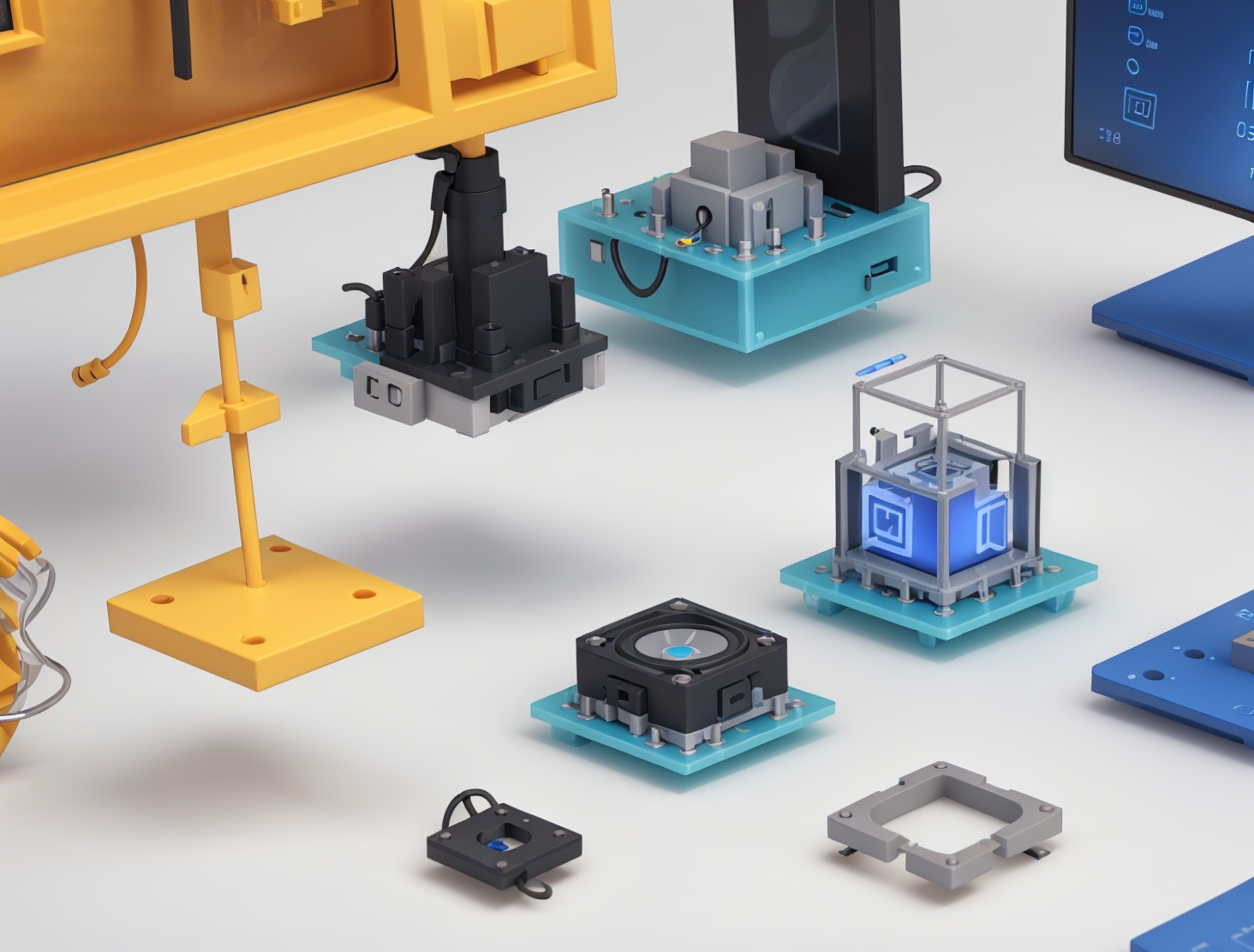3D Printed Electronics: From Prototypes to Functional Devices
3D Printed Electronics: From Prototypes to Functional Devices
3D printing has evolved from creating simple prototypes to producing fully functional electronic devices. By combining the versatility of additive manufacturing with conductive materials, 3D printing is now enabling the production of electronic components like sensors, circuits, and wearables. This article explores the growing field of 3D printed electronics, the current capabilities, and the potential for future innovations.
The Rise of 3D Printed Electronics
3D printed electronics are transforming industries by allowing for the integration of electrical components directly into complex, custom designs. This opens up new possibilities for prototyping, miniaturization, and creating innovative products faster and more cost-effectively than traditional manufacturing methods.
Prototyping Electronics: Traditionally, building prototypes of electronic devices involved complex processes that required multiple tools and separate stages for designing, fabricating, and assembling components. With 3D printing, electronic circuits can be embedded directly into the structure of the product during the printing process, allowing for rapid prototyping and iterative design changes without significant costs.
Functional Devices: While 3D printing is often associated with plastic models, advancements in conductive materials and inks have enabled the creation of functional electronic components like printed circuits, antennas, and even batteries. Companies like Nano Dimension and Optomec are pioneering technologies that print fully functional circuits directly onto 3D printed objects, combining mechanical and electronic functionality in a single process.
How 3D Printed Electronics Work
To create 3D printed electronic devices, specialized conductive inks are used alongside traditional 3D printing materials. These inks contain nanoparticles of conductive metals like silver or copper, which allow electrical current to pass through the printed circuits. The process typically involves:
Multi-Material Printing: Combining conductive materials with insulative materials in a single printing session allows for the creation of electronic circuits embedded in the structure of the object. This is done layer by layer, with the conductive traces applied in specific regions to form circuits and electrical pathways.
Integration of Components: In addition to printed circuits, traditional electronic components such as resistors, capacitors, and microchips can be added during the printing process, eliminating the need for separate assembly stages. This integration simplifies the manufacturing process and reduces labor costs.
Applications of 3D Printed Electronics
3D printed electronics have a wide range of applications across industries, offering unique solutions for products that require both mechanical and electrical properties in a single build.
Wearable Technology: One of the most promising areas for 3D printed electronics is in wearable devices. Companies are now able to print sensors, antennas, and circuitry directly into flexible materials, creating lightweight, custom-fit wearables that are both comfortable and functional. This has applications in healthcare, where 3D printed sensors can monitor vital signs or even administer medication.
Custom Circuit Boards: Traditional circuit boards are often rigid and inflexible, limiting the design of certain devices. 3D printing allows for the creation of custom-shaped circuit boards that can conform to any design, making it possible to build electronics into products with complex shapes, like automotive components, drones, or consumer electronics.
Aerospace and Automotive: In industries like aerospace and automotive, 3D printed electronics are being used to reduce weight and improve the efficiency of systems. For example, companies are using 3D printed sensors embedded in airplane components to monitor structural integrity, while 3D printed antennas are helping improve connectivity in cars.
Medical Devices: The ability to create 3D printed electronics with custom designs makes them ideal for medical applications. Doctors can use 3D printed devices tailored to individual patients, such as hearing aids, prosthetics, and implants that contain embedded sensors for real-time monitoring.
Challenges and Future Prospects
While the potential of 3D printed electronics is enormous, there are still some challenges to overcome before this technology becomes mainstream.
Material Limitations: Although significant progress has been made in developing conductive materials, they are still not as efficient as traditional metals like copper used in traditional circuit boards. Ongoing research is focused on improving the conductivity and durability of 3D printed electronics to ensure they perform at the same level as their traditionally manufactured counterparts.
Complexity of Designs: Creating complex electronic circuits requires precision and advanced 3D printing technology. As the technology continues to evolve, more sophisticated printing systems capable of handling multi-material prints and finer resolutions will become more widely available, making it easier to produce high-performance electronic devices.
Cost of Materials and Equipment: Currently, the materials and printers used for 3D printing electronics are relatively expensive, limiting the technology’s accessibility to larger companies and research institutions. However, as the technology matures and demand grows, prices are expected to drop, making 3D printed electronics more accessible to startups and small businesses.
The Future of 3D Printed Electronics
The future of 3D printed electronics is filled with exciting possibilities. As the technology becomes more refined and affordable, we can expect to see:
Fully Functional Devices: The ultimate goal of 3D printed electronics is to create fully functional electronic devices from start to finish in a single printing session. This could include everything from smartphones to medical implants, revolutionizing the way electronics are designed and manufactured.
Miniaturization: With the ability to create custom-shaped electronic components, 3D printing could lead to further miniaturization of electronic devices, enabling smaller and more powerful products in industries like consumer electronics, biotechnology, and aerospace.
Integration with IoT: As the Internet of Things (IoT) continues to grow, 3D printed electronics could play a crucial role in creating custom sensors and circuits for connected devices. This will enable the development of smart homes, cities, and factories, with 3D printed electronics embedded in everyday objects.
Conclusion
3D printed electronics represent a major shift in how electronic devices are designed and produced. By enabling the seamless integration of electronics into complex, custom objects, this technology is poised to revolutionize industries ranging from healthcare to automotive. Although challenges remain, ongoing advancements in 3D printing and conductive materials are paving the way for a future where 3D printed electronic devices are the norm.



